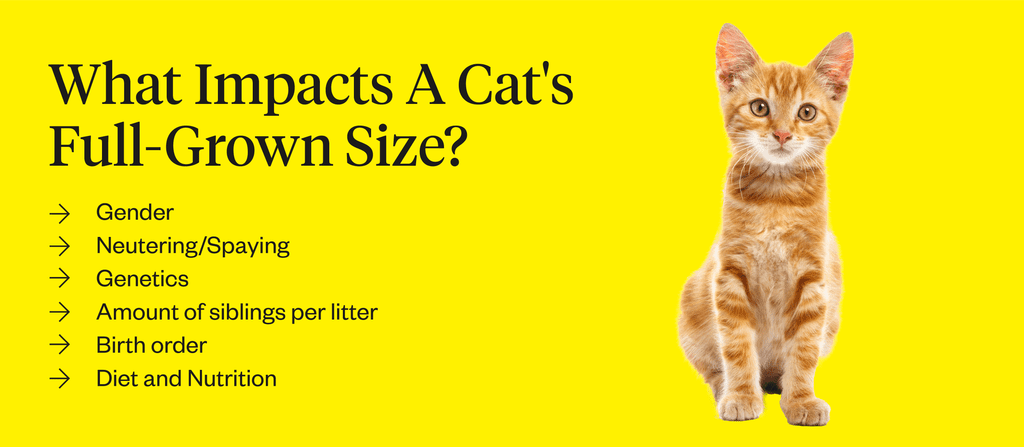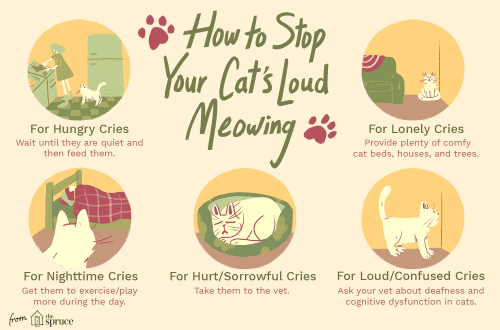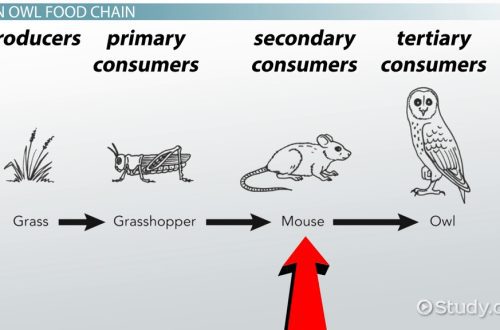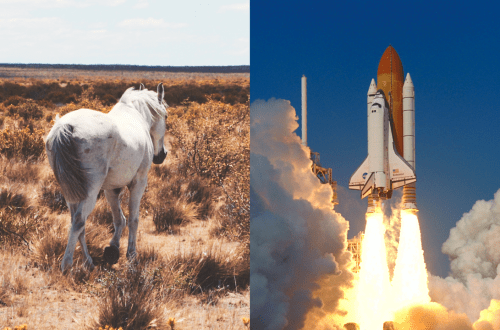
Factors affecting the size of cats and how old they grow
Many families live wayward or affectionate, couch potatoes or fidgets, fluffy or naked favorite purring pets – cats. They can be medium-sized, giants or dwarfs. And many owners of these independent animals are interested in the question – to what age do cats grow, and what factors affect this.
Contents
What determines the size of the cat
If you watch your pet, you can see that after the cat is two years old, its muzzle and shoulder width practically stop changing. It means that the skeleton is already formed and the cat stopped growing.
First of all, the growth of an animal is influenced by genetic, that is, internal factors:
- First of all, the growth of a cat depends on its breed. The larger the cats of this breed, the longer they grow.
- It affects growth and heredity, as well as hormonal communication.
- The growth rate of kittens depends on how much their mother weighs. The larger and more massive the cat, the faster the growth rate of its cubs.
- An endocrine imbalance that occurs after the use of hormonal drugs for therapeutic purposes can negatively affect the growth of a pet.
Influence the age to which cats will grow, and external factors:
- Improper nutrition can increase or decrease growth time.
- The sanitary and hygienic state of the place also significantly affects the formation and maturation of the animal.
- Growth failure can occur under the influence of stress factors. This is due to the fact that hormones begin to be produced, which have a negative effect on the endocrine system.
- Late sterilization of the animal contributes not only to an increase in its volume, but also to the continuation of growth.
How old do kittens grow
The age at which animals stop growing depends mainly on their breed. The growth of cats with an average weight ends by about fourteen months. And large pets of the Maine Coon breed can grow even at the age of more than two years.
Peak growth of kittens seen by XNUMX months of age. From birth to peak growth, the development of animals is divided into several periods:
- The first four days of a kitten’s life are neonatal period. During this time, the daily weight of the baby may increase or decrease. It all depends on how the birth went.
- The next four weeks of life are suckling period. It is characterized by uniform, stable growth.
- Transitional period starts at four and ends at seven weeks. During this period, the type of feeding of the pet changes, so by the fifth week, its growth slows down. After the final transition to solid feed, the growth curve begins to creep up again. This usually happens by the seventh week.
- Beginning at seven to eight weeks post-sucking period, which lasts until the end of the growth of the animal. During this period, the kitten begins an independent life. Females of some breeds stop growing, and cats continue to gain centimeters for another year or a year and a half.
Causes of Slow Growth in Cats
It is not uncommon to see that cats of the same breed look different. Due to slow growth, one of the pets may be smaller than their peers. This can happen for many reasons. Animals need vitamins, the lack of which affects the size of the cat and the formation of its organs.
Habitat and conditions of detention.
For the growth and development of cats and cats, these factors play an important role. In comparison with their domestic peers, street animals look very contrasting. Their parameters immediately catch the eye. Due to the lack of vitamins, their immunity is weak, which affects the growth of the animal.
Having decided to take a pet into the house from the street, you do not need to immediately transfer it to dry food and stuff it with delicacies. It is best to add vitamins to his diet, and then the cat will catch up with his peers in growth.
Hormonal disbalance.
For this reason, the animal’s body can slow down its development for a certain period of time, and after a while the pet grows rapidly. This is especially true for cats that have survived castration.
vermin.
Parasites can easily settle inside cats of any age. The animal has to share nutrients with them, so the growth of cats slows down. To prevent this from happening, it is recommended to regularly give pets anthelmintics and consult with a veterinarian.
Development and growth of cats of different breeds
Bengals
Growing up, animals become large and imposing. These real beauties, having entered the age, begin to demonstrate their masculine properties.
- Bengal kittens grow and mature relatively slowly.
- The pet begins to gain beauty only after eleven weeks. Until this age, the cub looks nondescript.
- An adult domestic Bengal cat has quite a decent size. Its average weight can reach eight kilograms. The length of the body of Bengals is about ninety centimeters, the height is up to forty-one centimeters.
- Kittens are born weighing from seventy to one hundred and twenty grams. By the age of a week, their weight doubles, and by a month they weigh almost half a kilogram.
- From the age of one month, Bengals begin to grow less actively. Their intensive growth ends by nine months. At this age, cats stop growing at all, and cats grow for more than a year.
The maximum size of male bengals reach the age of two.
Maine Day
Kittens of this breed are born much larger babies of other breeds.
- Their body weight at birth can be from one hundred twenty to one hundred and seventy grams.
- The weight of a kitten at birth is affected by the size of the litter. If one baby is born, then its weight will be about one hundred and sixty grams.
- Maine Coon’s peak growth is usually observed by five months. During this teenage period, the animal grows in parts, so it looks inharmonious.
- Pets can reach one meter in length.
- The Maine Coon seems so big not because of its weight, but because its long body has a good stretched musculature.
- Cats really become adults by the age of three. Kittens of this breed grow up to about a year and a half, after which the bone tissue stops growing and muscle mass and power begin to increase.
When choosing a kitten of this breed, you should pay attention to his paws. The thick paws of a pet mean that he has good bones and will have something to build muscle on. In a couple of years, such a kitten will turn into a huge cat.
British
Cats of this breed have docile unpretentious character and a beautiful plush muzzle. They have amber eyes, short legs and many color variations.
- Britons become sexually mature by nine months.
- The width of the “shoulders” and the length of the body of the animal grows up to two – two and a half years.
- The weight of an adult male can be up to eight kilograms. If the pet is neutered, then it can weigh ten kilograms. Weight is influenced by many conditions and individual characteristics.
The general formation of the animal ends by the age of three.
To find out how old a pet will grow, you need watch him carefully, learn about the characteristics of the breed and consult a veterinarian.





